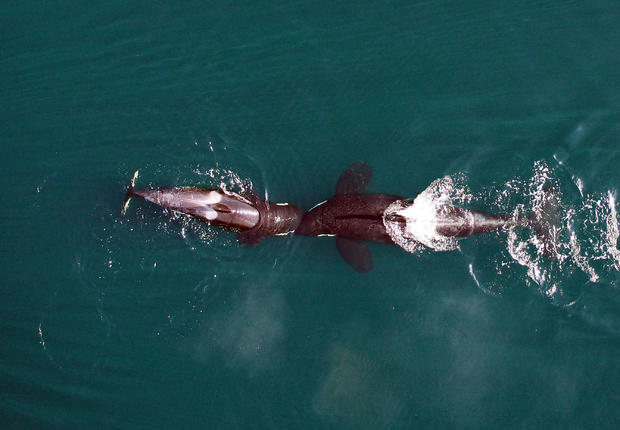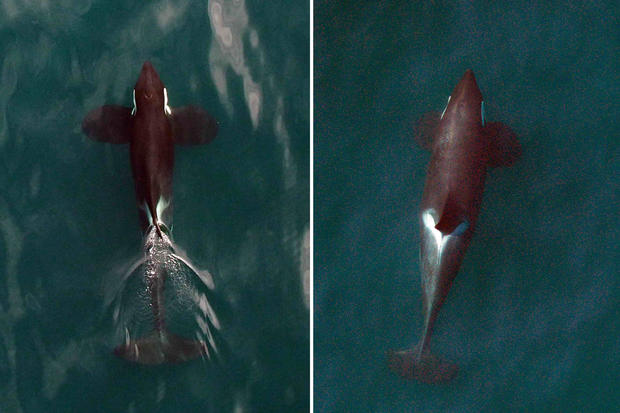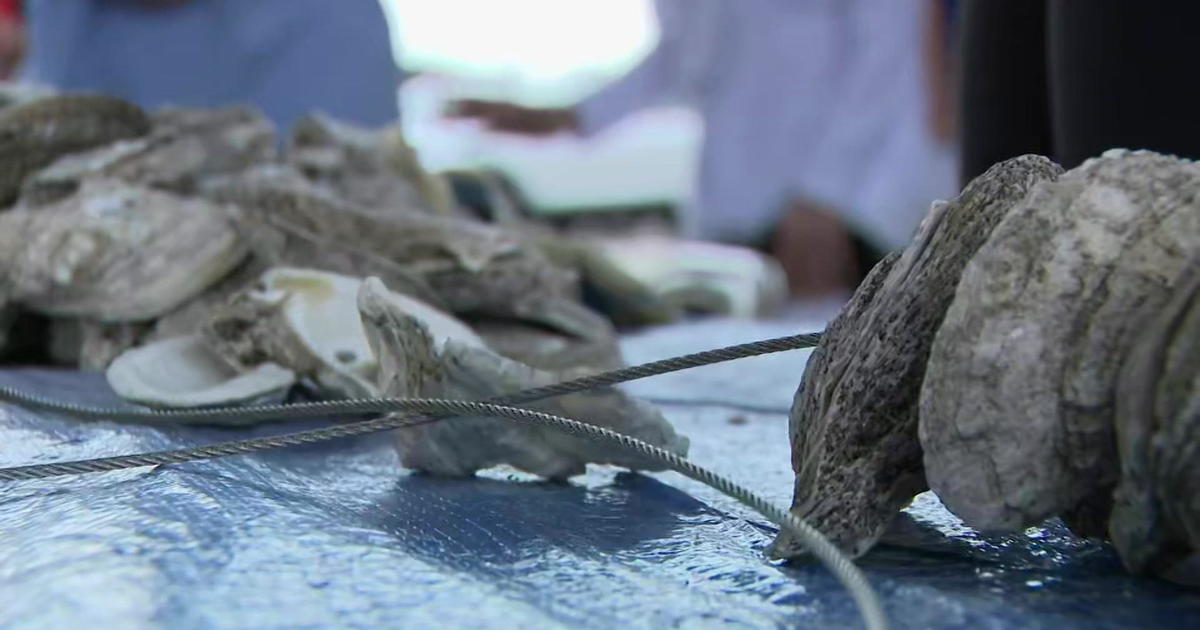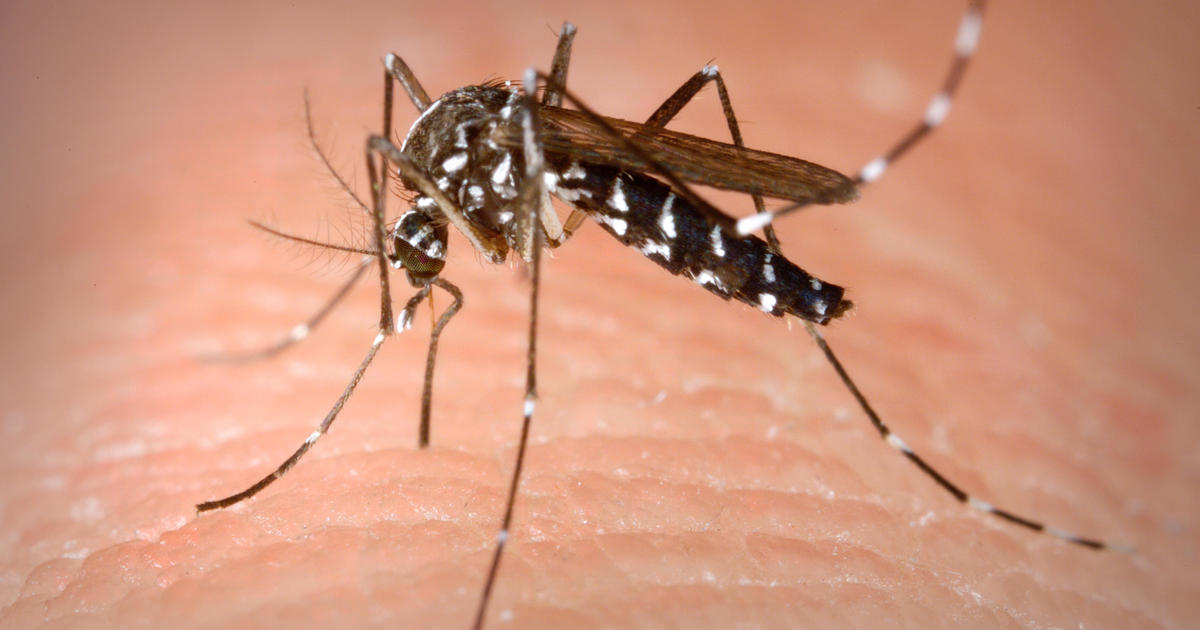Unmanned Aerial Vehicle Offers Amazing New View Of Killer Whales
MIAMI (CBSMiami) – Scientists have a new high-tech unique way to study killer whales from above and the images are providing amazing results.
For the first time, they're using an unmanned aerial vehicle to study killer whales.
The device is a remote-controlled hexacopter with a high-resolution camera mounted in its belly. The amazing images it produces offer an entirely new view of the species.
Scientists are using the pictures and videos to study and monitor the health of individual killer whales and of their population as a whole.
To get the photos, scientists from NOAA Fisheries teamed up the Vancouver Aquarium. The animals they studied are the Northern Resident killer whales of British Columbia, a population that's listed as threatened under Canada's Species At Risk Act, and the pilots were trained and operating under permits issued by the Canadian Government.
Like the endangered Southern Residents that spend summers near Seattle, these whales eat salmon, mainly Chinook salmon, and some of the salmon runs they rely on are much smaller than they used to be. In fact, several Chinook runs are themselves endangered, and scientists are concerned that a lack of prey may be limiting the whale populations.
The biggest question scientists are trying to answer is: Are the whales getting enough to eat?
To find out, they fly the hexacopter at an altitude of more than 100 feet, high enough that the whales don't notice it, but near enough to get photographs that are incredibly revealing.
Scientists have previously taken aerial photographs of killer whales from a helicopter, but those photos are taken from a much higher altitude, and the cost can be prohibitive.
By analyzing the hexacopter photos, scientists can see how fat or skinny individual whales are. They can also see which whales are pregnant and what percentage of pregnancies are carried to term.
RELATED CONTENT:





